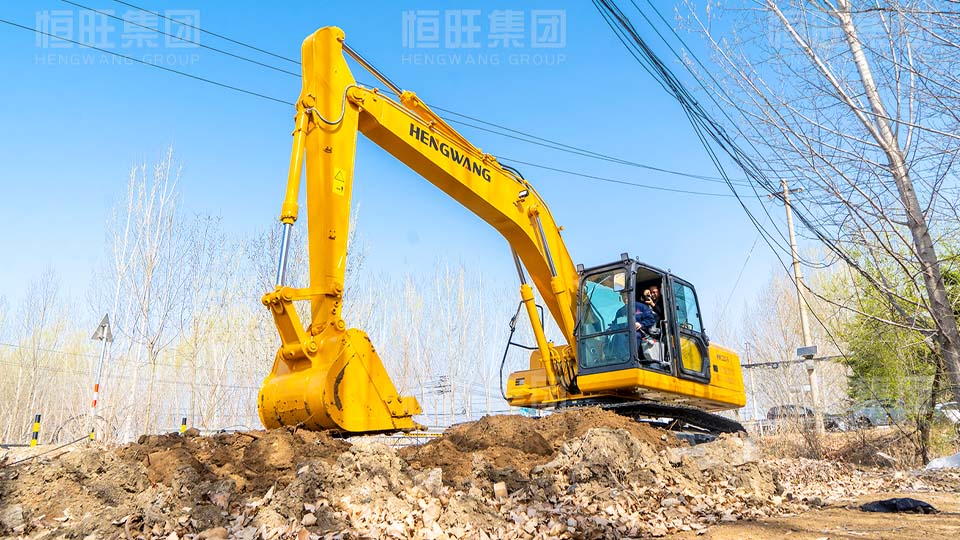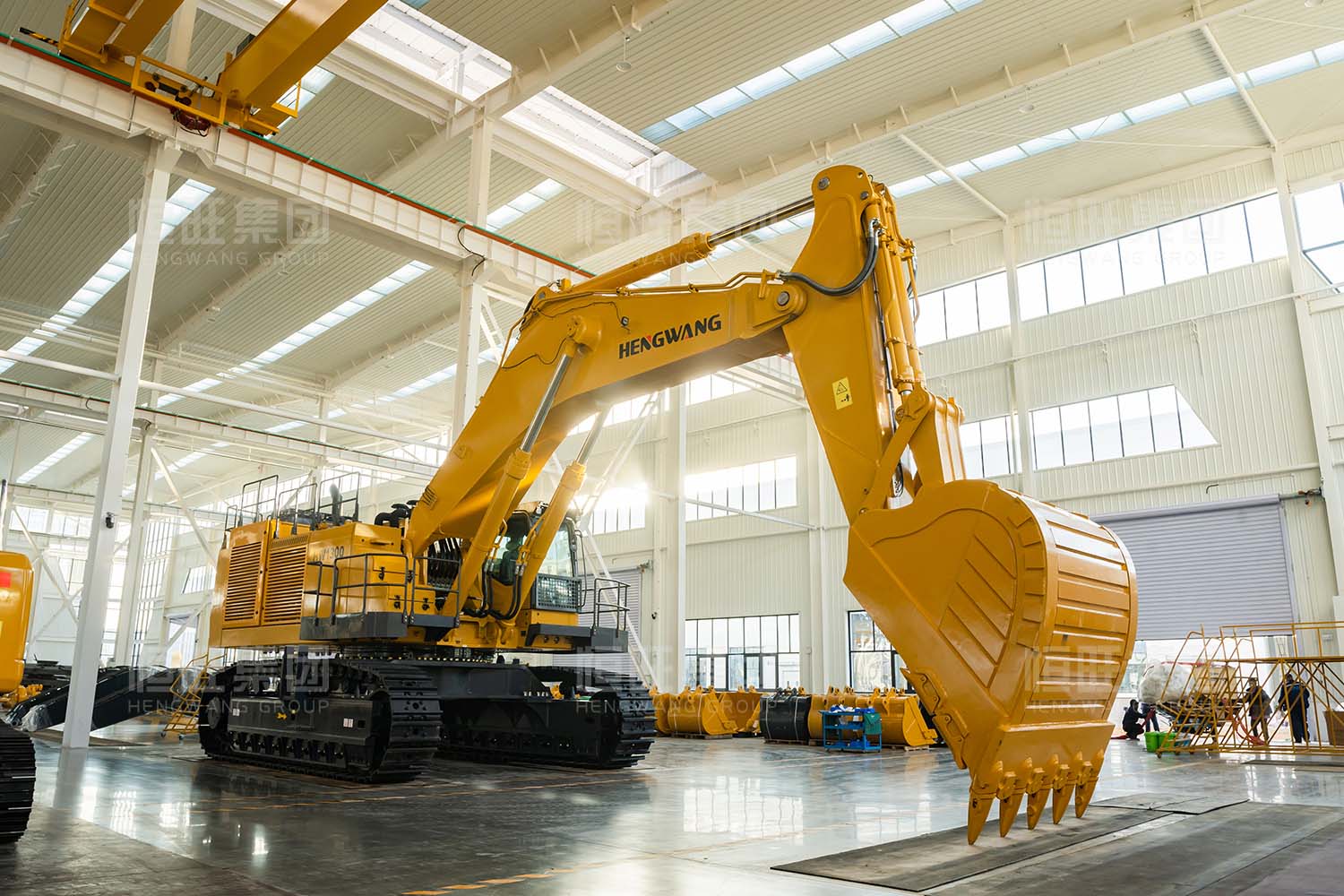In the construction and agricultural sectors, excavators are indispensable tools. However, these machines would be unable to function without a hydraulic system. So, how do excavators work, and why is the hydraulic system so crucial?
The power core of an excavator lies in its hydraulic system, whose working principle is similar to a water gun but uses high-temperature and high-viscosity hydraulic oil. An electric hydraulic pump delivers oil pressure through pipelines to hydraulic cylinders (driving the boom, arm, and bucket) and hydraulic motors (driving rotation and travel). The piston rod in the cylinder moves back and forth to achieve the movement of each component.
In simple terms, the hydraulic system converts mechanical energy into hydraulic energy to enable power transmission and precise control. A typical excavator hydraulic system includes:
· Hydraulic pump: Generates hydraulic pressure and power flow.
· Hydraulic valves: Precisely controls the direction and flow of oil.
· Hydraulic cylinders: Converts oil pressure into linear motion (e.g., boom lifting/lowering).
· Hydraulic motors: Converts oil pressure into rotational motion (e.g., upper structure rotation or crawler travel).
Excavators adopt a double-acting hydraulic system, where oil can push both sides of the piston to achieve bidirectional movement (such as bucket excavation and unloading). This provides excavators with strong power and precise control.

The key functions of an excavator’s hydraulic system include:
· Boom, arm, and bucket movement: Driven by hydraulic cylinders, providing strong digging force and fine operation.
· Upper structure rotation: Driven by a hydraulic motor via a slewing ring, enabling 360° flexible positioning.
· Crawler travel: Driven by hydraulic motors, allowing precise control of speed and direction to adapt to complex terrains.
Additionally, specialized hydraulic system functions greatly expand an excavator's applications:
· Hammer lines: Supply high-pressure oil flow for hydraulic breakers, used in demolition work.
· Quick coupler function: Controls via hydraulic circuits for fast and automatic attachment replacement.
· Rotation lines: Drive attachments (such as rotating grapples) for rotational movement.
It is the powerful hydraulic system that endows excavators with the surging power and precise motion control they need, making them core equipment for earthwork, material handling, and even professional demolition. When purchasing an excavator, the performance and versatility of its hydraulic system are key considerations.

The hydraulic functions of hydraulic excavators make them an indispensable part of construction and agricultural operations. These systems provide the power and precision required for various tasks, from excavating and moving earth to demolition and material handling. If you are considering buying an excavator, please take into account the versatility offered by these hydraulic systems. Interested in purchasing an excavator or learning more about hydraulic systems? Visit our platform or contact our experts today.
